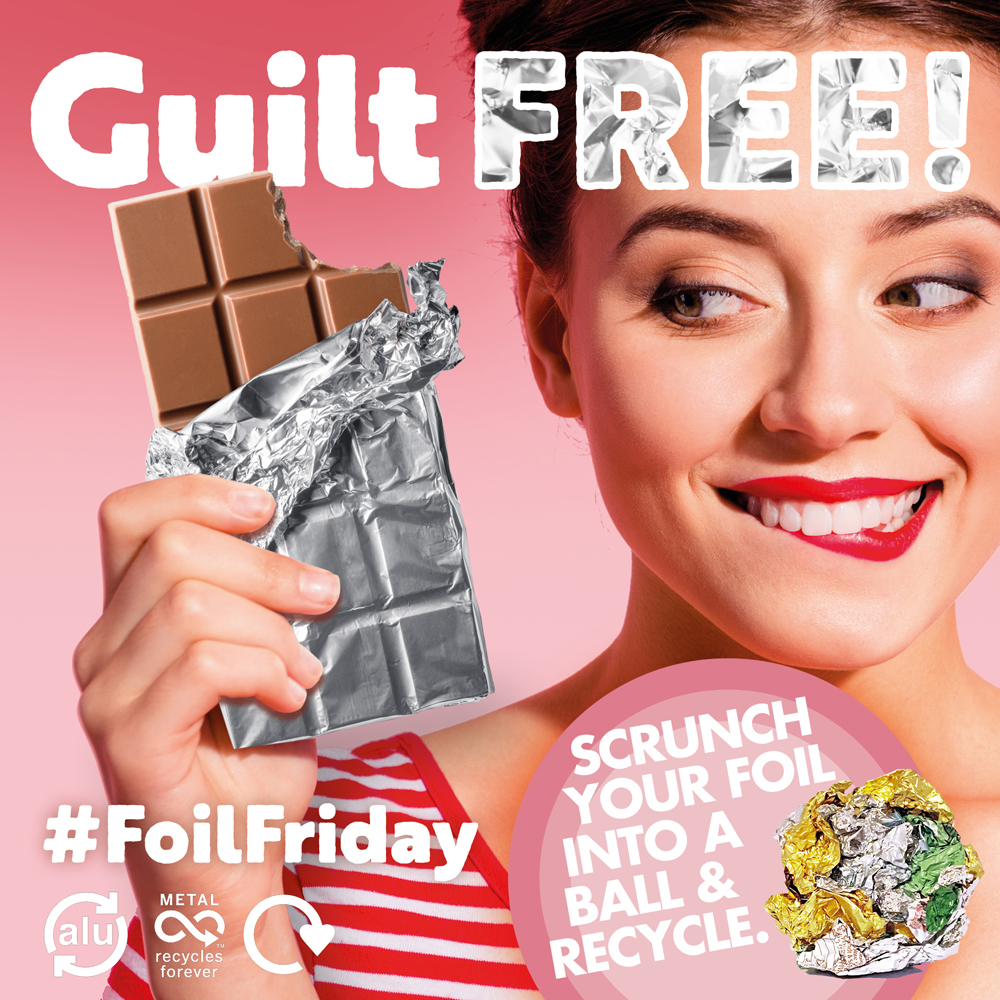
Local authorities
For the campaign, called #FoilFriday, the organisation has released a series of images and assets for use by local authorities, primarily on social media channels. They are available to download on the Alupro website.
Executive director of Alupro, Tom Giddings, said: “One of our key roles as an organisation is consumer education and by working closely with local authorities, we’re able to effectively communicate the benefits and importance of recycling aluminium packaging. We’re confident that this campaign will enable us to reach a wider audience, while also contributing to the increase in aluminium packaging recycling rates.”
‘We’re confident that this campaign will enable us to reach a wider audience’
Tom Giddings
Alupro
He explained that “councils are the most used sources for checking recyclability rather than other routes such as on pack labelling”.
“The material is for councils to use on their own channels. They will work on Twitter and Instagram but especially Facebook which is what most local authorities use most and that’s where the main campaign material will appear.”
Foil Fridays will run over a six month period concluding just after Christmas with new material to promote the recycling of Christmas packaging, such as turkey foil and mince pie cases, becoming available later in the year.
Contamination
Mr Giddings underlined to letsrecycle.com that aluminium foil “is just as recyclable as a can. Food contamination is unpleasant but not an obstacle to recycling – foil can be recycled like everything else, the message is ‘rinse, scrunch, recycle’.
Little information exists about foil recycling rates with Mr Giddings conceding that “data is poor. We have an idea of what goes in at the factor level and incineration recycling rates.”
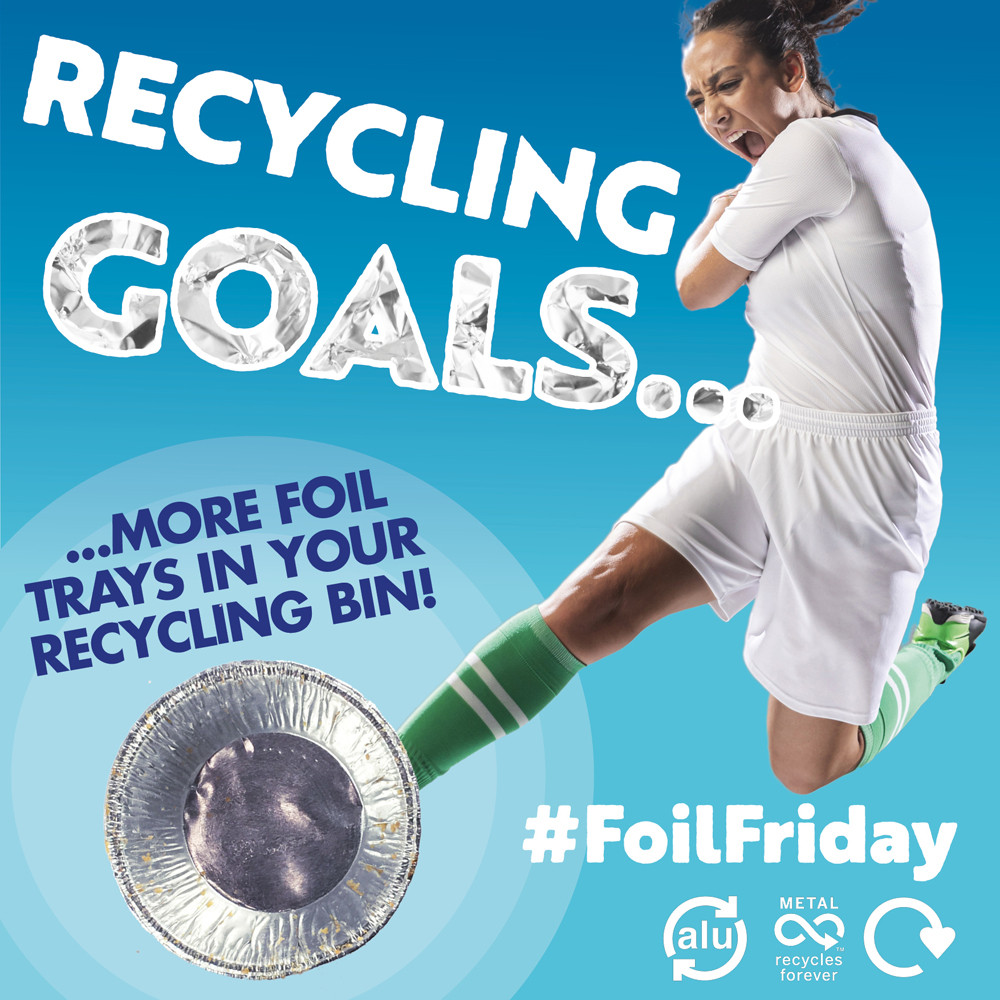
And while aluminium can be recycled from incinerator bottom ash, Mr Giddings said it is preferable to collect foil through a recycling stream rather than the ash process. This is because in incineration there is oxidisation of thinner foil, such as confectionery wrapping, although this is less the case with aluminium packaging such as takeaway food containers.
Research
More research work into foil recycling methods and volumes is planned and will be similar to that undertaken for aerosol containers including a recycling roadmap and the development of data. “We want to get our heads around the non-beverage elements of aluminium packaging,” Mr Giddings explained.
Introduction of a deposit return system in the UK will have a knock on effect on foil and other aluminium recycling such as aerosols, Alupro expects.
This is because at the moment foil does get collected mixed in with cans and is tolerated by can collectors. But, when DRS operates, most of the cans are expected to be collected through this route leaving aluminium aerosols and foil more likely to have to find their own collection routes. Accordingly and to help resolve future issues Alupro is working with the British Metals Recycling Association, Mr Giddings explained, to look at how a market for non beverage aluminium packaging can be developed.
He emphasises that there is a demand from end users for the recycling of this material: “we just need to get this to filter down to the MRFs”.
Consistency
When the new consistency regime is introduced, Mr Giddings expects this to help with the collection of foil. “We really have been asking for sometime for regulations to standardise collections.
“The key thing that they have been talking about with consistency is that instead of just saying local authorities must collect foil and aerosols, it needs to be ensured that the fact that councils are collecting them is advertised, whether its on a website or through stickers on a bin.”







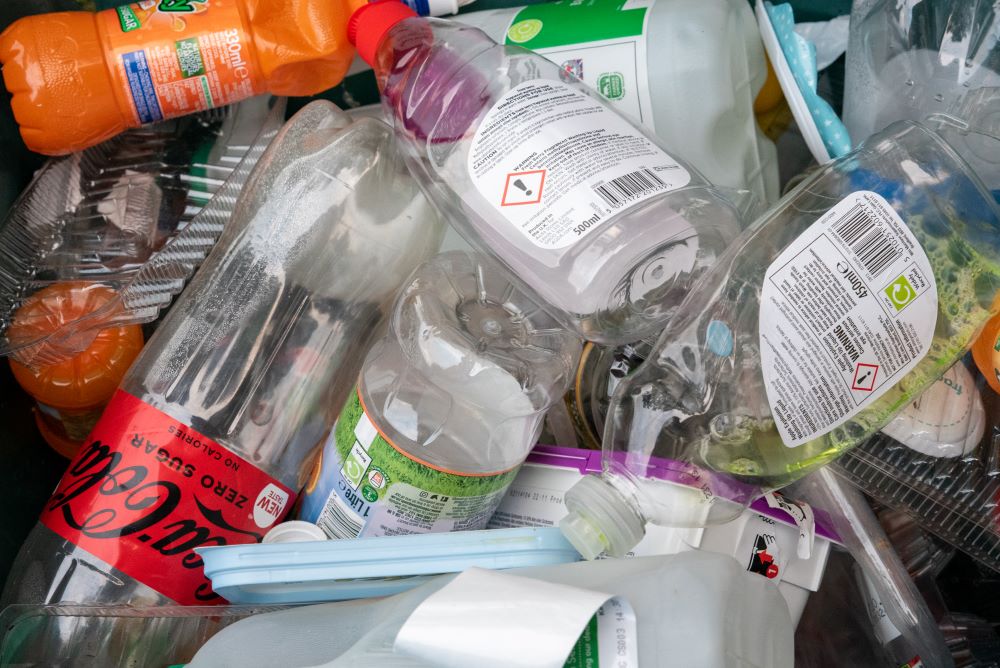
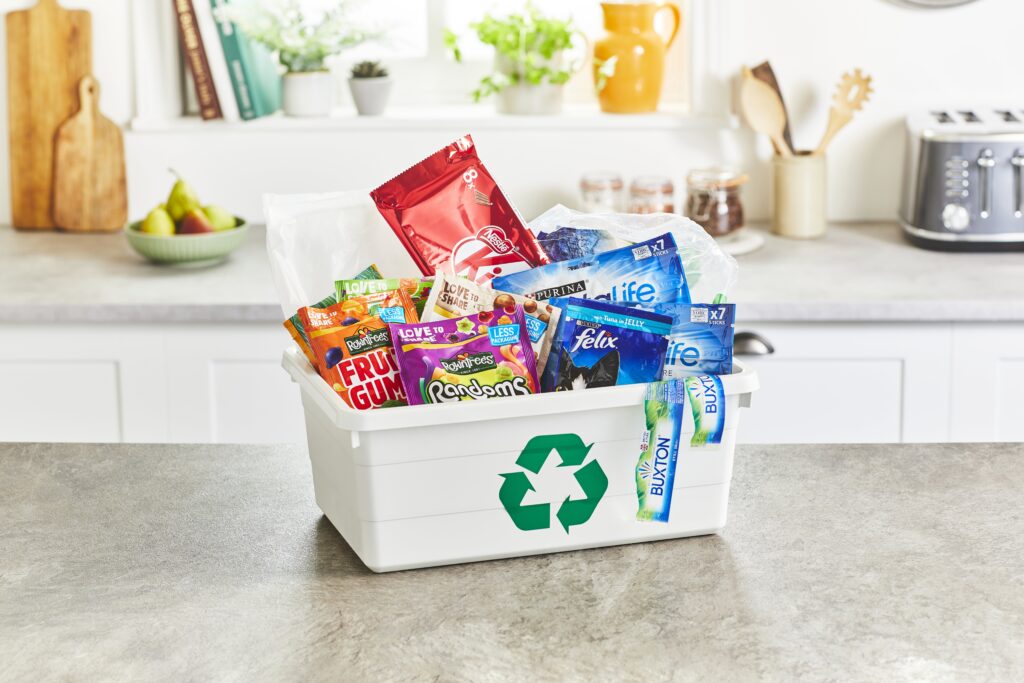
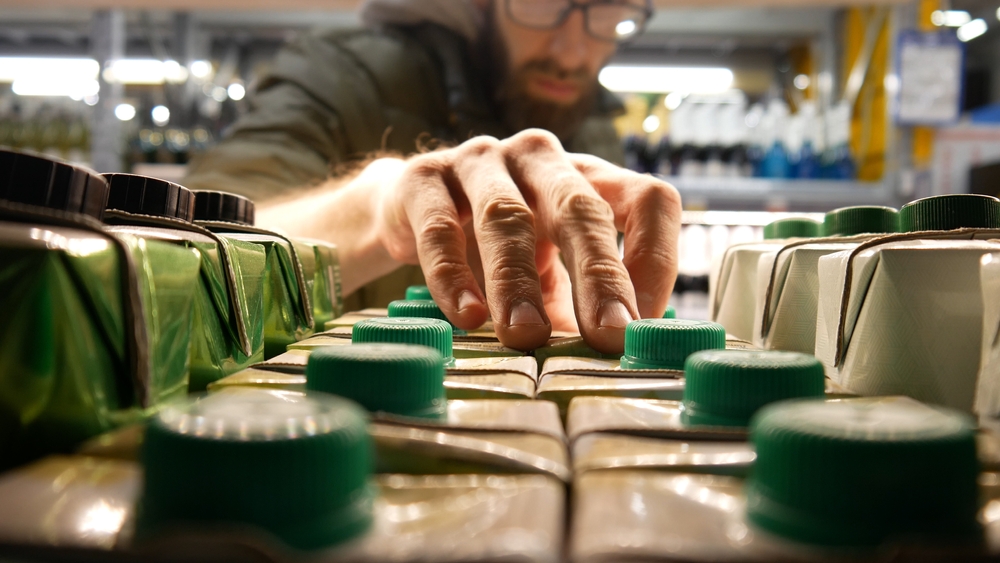

Subscribe for free